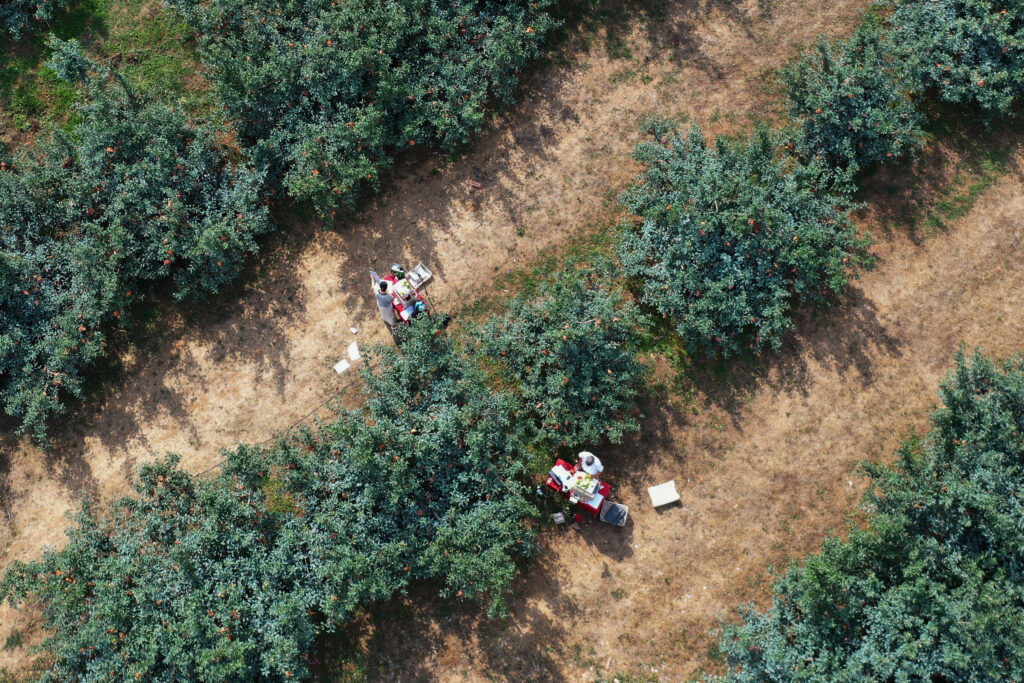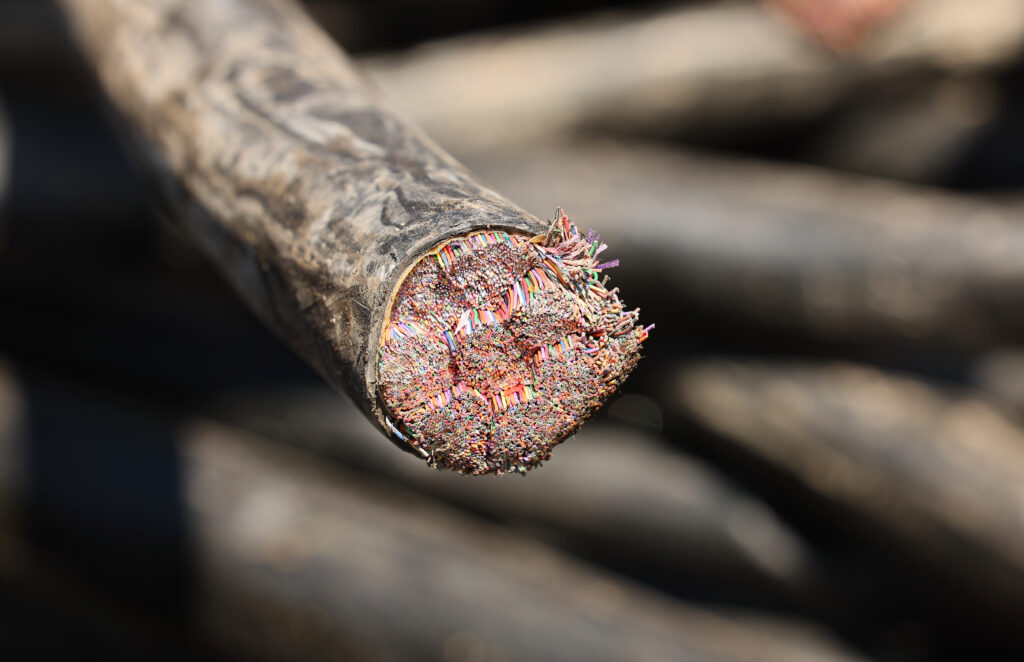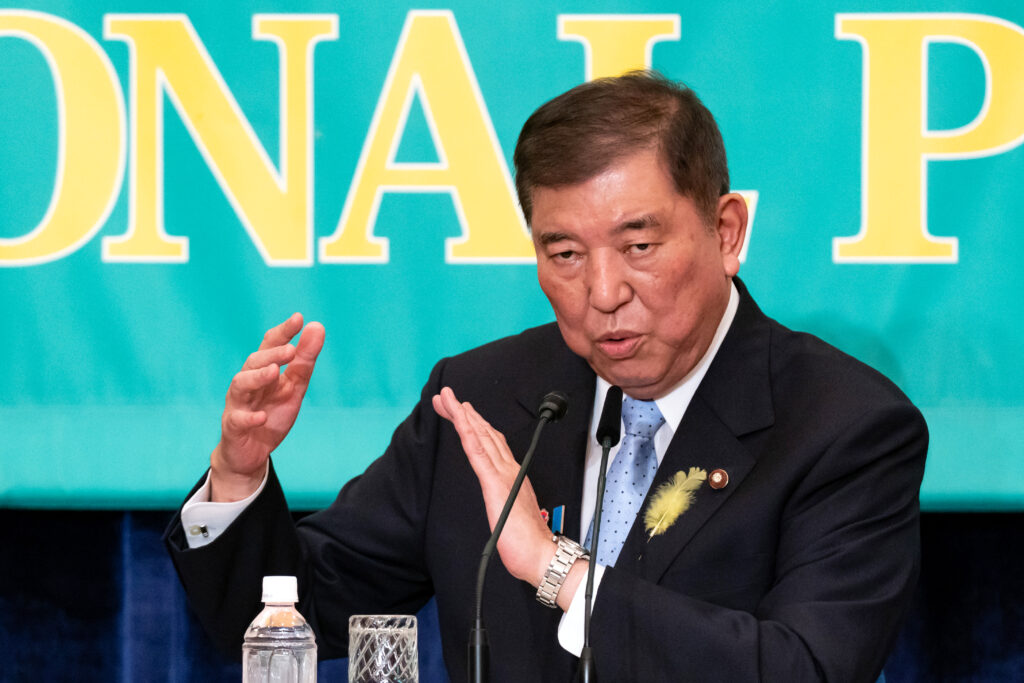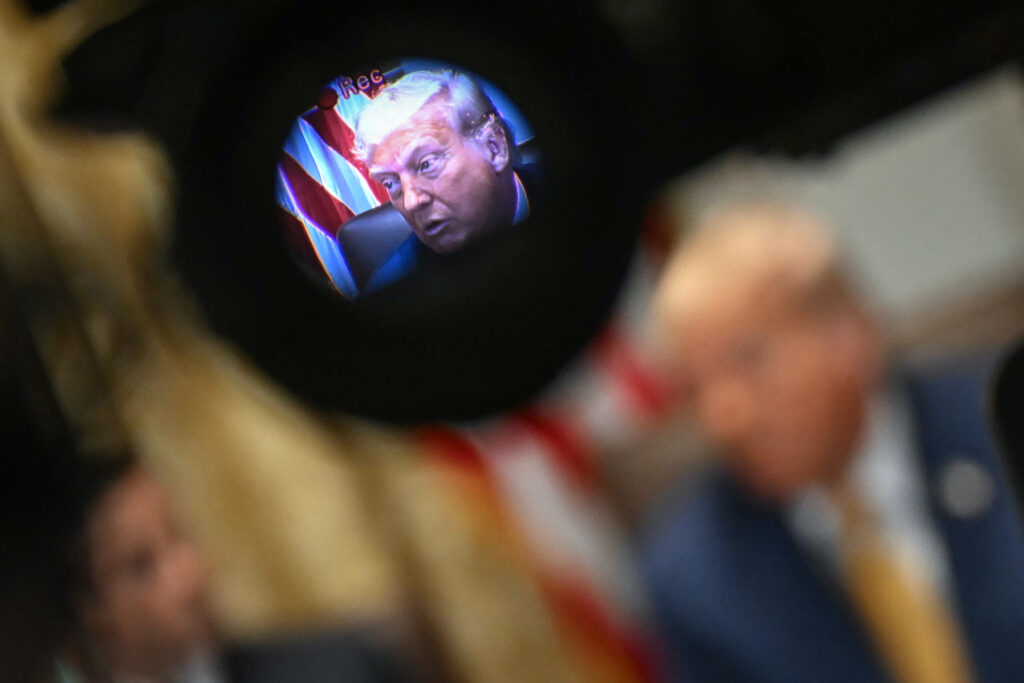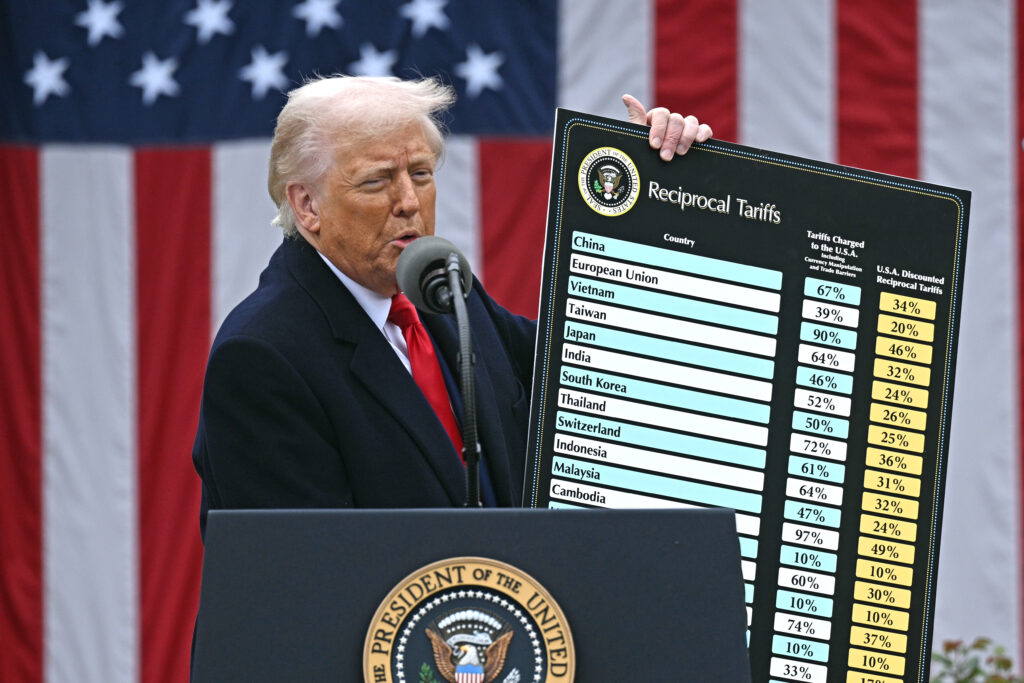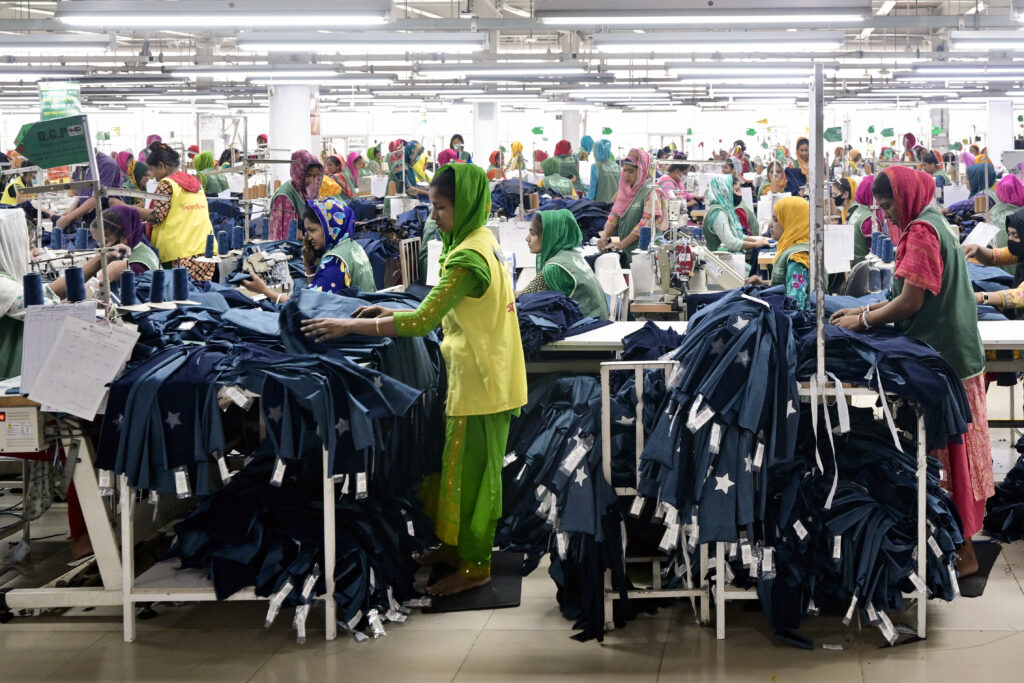China’s ‘new farmers’ learn to livestream in rural revitalisation
Gao Chaorong knows what it takes to turn out good crops of sweet potatoes, peanuts and wheat, but tasty produce is no longer enough to draw China’s app savvy crowd.To prevent her crops from rotting unsold in the fields, the 56-year-old is now back in school, attending a “hands-on livestreaming bootcamp” to learn to take her vegetables straight to consumers via their mobile phones.Gao and her classmates are gunning for online popularity as China’s “new farmers” — people who use the latest technology in agricultural production or services.The number of new rural creators has soared 52 percent on China’s TikTok sister app Douyin over the past year as they hope to capitalise on the country’s one billion internet users, the world’s most.On the Instagram-like Chinese app Xiaohongshu, the hashtag “new farmers” has been viewed more than 227 million times.Local authorities are even sending some officials to learn livestreaming and help farmers get online.”It’s been harder for farmers to sell their produce, especially offline,” said Chen Xichuan, a Communist Party cadre in the small Shandong city of Pingdu who was among those asked to set an example and help growers take their trade online.Live in action outdoors, Chen squeezed a ripe green pear he held up to a phone secured on a tripod.”Just look at the juice,” Chen, wearing a straw hat to shield himself from the blazing sun, told his viewers.”Take it home, taste it, and make fresh pear juice for your children,” said Chen.- ‘Full marks’ -With Chinese consumers buying anything from clothes to makeup to garlic online, livestreaming has become an essential marketing platform for farmers to entice and engage customers directly.Users can make purchases at the click of a button, as well as comment during live broadcasts or ask sellers about their products.The Tian sisters, livestreamers and e-commerce experts born to farmers, organise the training camp monthly, charging around 5,000 yuan ($698) for four days of intensive lessons and “lifelong” follow-ups.Students learn how to hook audiences using compelling scripts, props and visually appealing backgrounds.In the classroom, a dozen students watched as Gao held up a sliced eggplant and gushed, with barely a pause or a stutter, about the best way to cook the vegetable.”Remember, when you’re selling products, it’s not just about memorising your sales script,” teacher Tian Dongying said, scribbling on a whiteboard as she reviewed Gao’s mock livestreaming session. “You need to understand who you’re talking to,” she said.Tian, who founded the livestreaming school with two sisters and a cousin, said all her students deserved “full marks”.”They’ve never done this kind of thing before and just being able to stand up and speak is already a challenge,” she told AFP.”Because they want to earn this money, they have to push past their own limits.”Gao told AFP she attended the bootcamp because farmers like her face fierce competition and “can’t stick to the old-fashioned way of farming anymore”.She grows her crops at the foot of Shandong’s Maling Mountain and has started to post videos on Douyin, gaining more than 7,000 followers.- Refunds guaranteed -China’s agricultural sector is becoming more important because industries like real estate are “no longer as prosperous” and unemployment is rising, said livestreaming school principal Tian Chunying, Dongying’s eldest sister.”Agriculture is becoming the cornerstone of China’s ability to support its population,” she said.President Xi Jinping has identified rural revitalisation as a key priority for China’s development since taking office in 2012.He has also emphasised the vital role that agriculture plays in China, the world’s top producer of commodities including rice and wheat.”A country must first strengthen agriculture to make itself strong,” Xi said in 2022.Digital tools such as livestreaming have transformed public perceptions of rural life in China, said Pan Wang, an associate professor at Australia’s University of New South Wales.”Traditionally, Chinese farmers have been depicted as working from sunrise to sunset — poor, old-fashioned, disconnected from technology,” Wang told AFP.However, hurdles remain for farmers as they try to become more tech-savvy.”Livestreaming and making videos are all new,” farmer Gao said.”For young people, clicking around on a computer…feels effortless, but we have to put in twice the effort to learn these things.”
